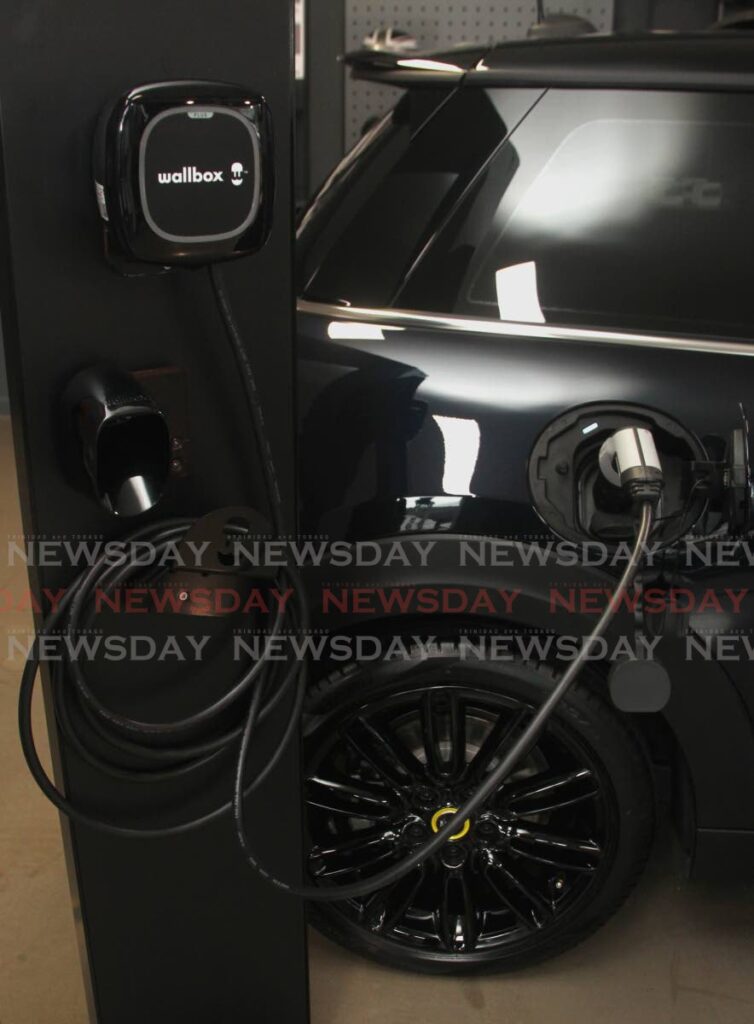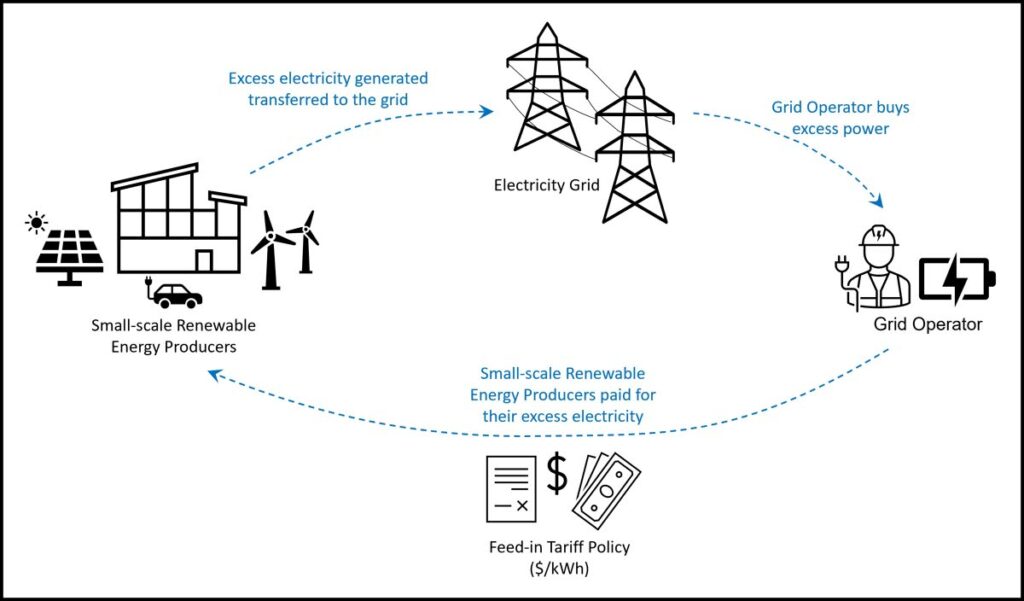Virtual power plant opportunity

BRENDON JAMES
Imagine a future where we have fully adopted rooftop solar, wind farms, and behind-the-meter and utility-scale battery storage in TT. A future where we have created a legislative environment that allows for sustainable energy technologies to thrive. This is the future we all would like to see, and this is the future we are heading toward. However, does it mean our work is done regarding decarbonizing the power sector? How do we manage these diverse resources and maintain high levels of reliability for the business and residential sectors?
Environmentalists, policymakers, and all persons concerned about climate change are tirelessly working toward decarbonising the power sector. An electrify-everything strategy is one of the critical policy directions of developed and developing states. But it is important that we all understand what the power and utilities grid is. It is described by some as “the world’s largest machine” – but this machine operates in real-time based on supply and demand. We cannot shut down the grid to retool or redesign it. As some would say, “we must build the plane and fly it at the same time.”
We live in times of rapid change, and grid operators must find ways to ensure they meet the mandate to remain reliable, even if they utilize intermittent energy sources such as solar and wind (with the support of battery storage). How can you create economic incentives for grid operators to embrace change and make all stakeholders concerned about climate change happy? According to Forbes contributor Llewellyn King, “Environmentalists are elated with something else that is happening in the utility space: distributed energy resources (DER). Thomas Kuhn, president of the Edison Electric Institute, said it is taking advantage of the slack in the electric system.”

What is DER? Electric vehicles, solar technology, wind technology, battery systems (utility-scale and behind-the-meter homes) are all called DERs. Thorvald Thorsnes summarises the definition as follows: “DERs can be bundled together into something called virtual power plants (VPPs). These VPPs can again be used in the demand response market, to balance the grid and increase the mix of renewable energy.”
Figure 1 highlights how the virtual power plant works. Each solar panel, electric vehicle battery, and home or commercial battery storage system can be a potential source of power for a grid operator. During peak electricity demand scenarios, a grid operator can quickly respond to supply shortfalls by utilizing these potential power sources which would have already been connected to the grid via a feed-in tariff framework. A feed-in tariff is a policy tool which promotes renewable energy investment by paying small-scale renewable energy producers to transfer their excess electricity to the grid
(Figure 2). With the proper incentive and policy framework, it can be beneficial to the customer who can be paid by selling their excess power. Power and utility companies can also now avoid turning on more generating plants to respond to increases in load demand (saving millions of dollars potentially).
“Conservation — known as demand-side management to utilities — is the essential partner to DER effectiveness. Interruptible power, whether in a home or a big retail facility, is at the heart of demand-side management. That is load which can be shed by arrangement when demand is high,” said King.
Other benefits are that they can improve capacity, avoid spending billions on new infrastructure, and increase grid reliability. This, however, requires a new relationship between customers and their grid operators. Customers must sign on to share their resources when the grid needs it most eg, during peak demand or in response to a blackout. The incentive to customers is cost savings and payment for supporting the grid.
What also makes this approach more accessible to grid operators is that VPPs can be operated and managed using cloud-based data systems (smart meters and smart batteries) and power flow can be optimised using artificial intelligence (AI) technologies. The Energy Working Group (EWG) published this statement in 2022 which summarises the integration of AI tech with smart energy distribution: “The software infrastructure takes information from the various sources, then calculates the smart distribution of energy when demand spikes, such as during intense heat, or when it’s needed to help maintain system reliability.”
The beautiful thing about VPPs is that it has already been proven to work. The Californian utility company, OhmConnect, saved almost one 1 gigawatt-hour of total energy usage during a period of peak stress (August 13-20, 2020), the equivalent to taking roughly 600,000 homes off the grid for an hour. OhmConnect toggled its customers’ smart devices and appliances off and on 739,000 times to save energy and reduce stress on the grid, paying out US$1 million to users, and helping avoid additional blackouts according to a company statement in 2020.

So, with the right feed-in tariff policy, renewable energy resources can unlock benefits for everyone (residential customers, commercial customers, and even heavy industry). This is also a very attractive prospect with the impending increase in electricity prices expected soon. Let’s hope TT considers this strategy as our next step in decarbonising the power and utilities sector.
Brendon James is a sustainable energy and risk management professional who has worked in the energy industry for more than 20 years. His experience spans the entire energy value chain having spent time working in the upstream, downstream, and regulatory aspects of the business. This combination gives him a unique perspective on safety and risk, economics, and solutions to complex issues.
Add the Geological Society of TT on Facebook, Instagram, LinkedIn and check out https://thegstt.org/


Comments
"Virtual power plant opportunity"